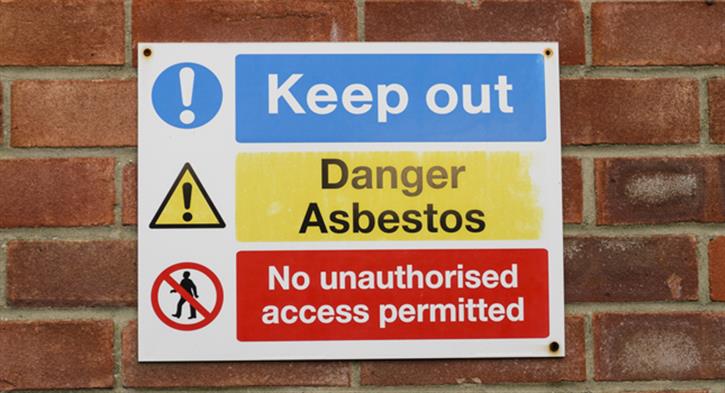

It is a little known fact that asbestos is responsible for 14 deaths in the UK every day and a large part of that number relates to the construction sector, which includes heating and ventilating engineers and plumbers.
Global Asbestos Awareness Week, which takes place from 1 to 7 April, is intended to raise awareness of asbestos and prevent asbestos-related disease.
Asbestos cancers are responsible for the deaths of around 20 tradespeople each week in the UK, according to the Health & Safety Executive.
While this statistic may be a result of too little understanding and protection in years gone by, Britain’s deadly asbestos legacy remains a threat to those who simply aren’t aware of the dangers or don’t know how to handle the material.
“Despite the best efforts of many workplace health campaigns on the dangers, current training methods are often insufficient for many, simply because the training doesn’t seem to address their industry,” explained John Toms, director of asbestos services at the Institute of Occupational Medicine (IOM).
“Mandatory asbestos awareness training across the sector really must include practical elements and be tailored to specific job roles.
“A plumber should not receive the same template for training as, for example, a labourer. We also need to understand that a typical one-hour online course doesn’t allow for any interaction with the trainer. There’s no opportunity for a simple Question and Answer session to enable those being ‘trained’ to clarify any misunderstandings.”
Most importantly, training should really only be conducted by specialists in the field, he argued.
“Nothing beats practical experience,” he said.
So when are you most at risk? The Health & Safety Executive (HSE) offers the following advice.
When:
you know how to work safely with asbestos, but you choose to put yourself at risk by not following proper precautions, perhaps to save time or because no one else is following proper procedures.
Picture courtesy of Shutterstock/photogeoff
If you'd like to keep up-to-date with the latest developments in the heating and plumbing industry, why not subscribe to our weekly newsletters? Just click the button below and you can ensure all the latest industry news and new product information lands in your inbox every week.